Returning to spawn in the Sacramento River at different ages could help stabilize the chinook salmon population
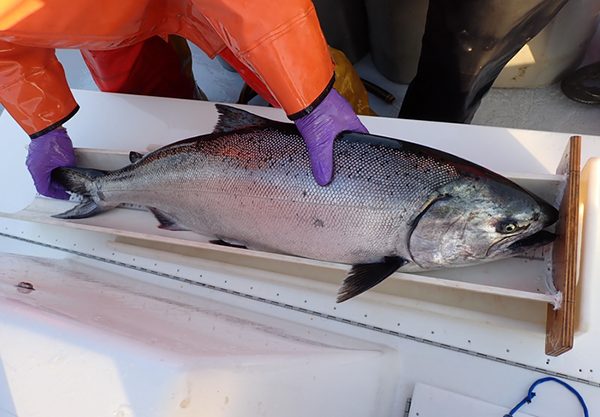
Changes in hatchery practices and fishery management could help restore the age structure of the salmon population and make it more resilient to climate change, according to a new study from scientists at UC Santa Cruz and NOAA Fisheries.
Spawning Chinook salmon are increasingly younger and concentrated within fewer age groups, with the oldest age classes of spawners rarely seen in recent years. The study, which was published in the Canadian Journal of Fisheries and Aquatic Sciences, indicates that by returning to spawn in the Sacramento River at different ages, Chinook salmon reduce the potential impact of a bad year and increase the stability of their population in the face of climate variability.
If most of the salmon return to spawn at the same age, one bad year could devastate the overall population. Spreading the risk over multiple years is an example of what ecologists call the “portfolio effect,” like a financial portfolio that spreads risk over multiple investments.
“We focused on the impacts of drought on the survival of juvenile salmon, but drought conditions can also increase mortality of returning adult salmon as they migrate upstream to spawn,” said Paul Carvalho, co-author and a postdoctoral fellow with the Fisheries Collaborative Program at UC Santa Cruz
Carvalho developed a life cycle model of the Sacramento River fall-run Chinook salmon population to simulate the effects of different drought scenarios and other variables on the population. The model was grounded in data from field studies, such as research by NOAA Fisheries scientists that quantified the relationship between river flows and survival rates of juvenile salmon. The model allowed the researchers to assess the effects of different mechanisms that can affect the age structure of the population.
“Historically, you would have seen huge salmon coming back at older ages, but over the past century they’ve gotten smaller and younger,” said Eric Palkovacs, co-author and director of the Fisheries Collaborative Program. “The dominant age class is now three years, and there are very few even at age five, so there’s been a big shift in the age structure.”
As Yukon Chinook salmon populations decline, researchers turn to technology for answers
Decreased size and age at maturity is a classic pattern of fisheries-induced evolution. A high mortality rate for older fish selects for fish that mature at earlier ages, because a fish that dies before it can spawn doesn’t pass on its genes. But fishing pressure is not the only factor driving changes in the age structure of the salmon population. Hatchery practices can also inadvertently select for earlier maturation.
“It’s pretty clear that current hatchery practices are resulting in very homogeneous populations returning at age three,” Palkovacs said. “Rather than producing a uniform product, it would be better to increase the diversity of the age structure by selecting older, larger fish and making sure you get as many of them into the spawning population as possible.”
Carvalho noted that improving the age structure of the population by selecting for fish that spend more years at sea (delayed maturation) would be most effective in combination with reduced harvest rates.
“Because the fish remain in the ocean longer, they are exposed to the fishery and other causes of mortality for a longer period, so that reduces the number returning to spawn if you don’t reduce fishing pressure on those older age classes,” he said.
Overall, the results show that maintaining or increasing the age structure through reduced mortality and delayed maturation improves the stability of the salmon population, buffering against the adverse effects of drought and making the population more resilient in an increasingly variable climate.
“Regardless of the mechanism, whether it’s reduced mortality or delayed maturation that’s driving it, increasing the diversity of the age structure will increase the stability of the population,” Carvalho said.
Follow the Advocate on Twitter @GSA_Advocate
Now that you've reached the end of the article ...
… please consider supporting GSA’s mission to advance responsible seafood practices through education, advocacy and third-party assurances. The Advocate aims to document the evolution of responsible seafood practices and share the expansive knowledge of our vast network of contributors.
By becoming a Global Seafood Alliance member, you’re ensuring that all of the pre-competitive work we do through member benefits, resources and events can continue. Individual membership costs just $50 a year.
Not a GSA member? Join us.
Author
Tagged With
Related Posts
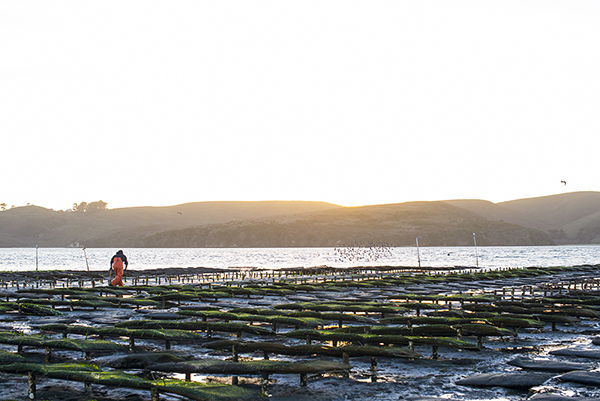
Responsibility
California shellfish farmers need greater support to face effects of climate change, OSU study finds
A new study found California shellfish farmers need improved access to data and stronger connections to adapt to the effects of climate change.
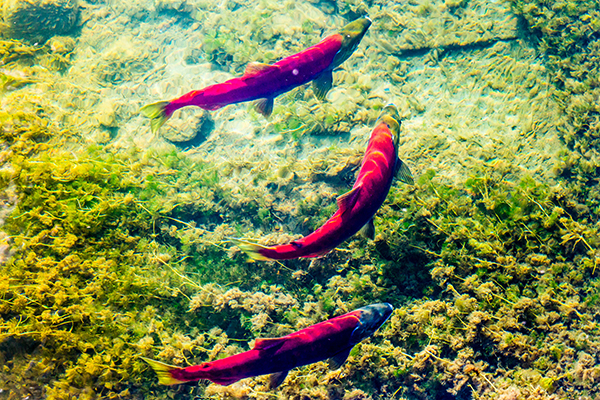
Fisheries
Mining poses greater threats to salmon than impact assessments show, scientists say
A new study shows that impact assessments don’t fully capture the environmental risks of mining to salmonid-bearing watersheds.
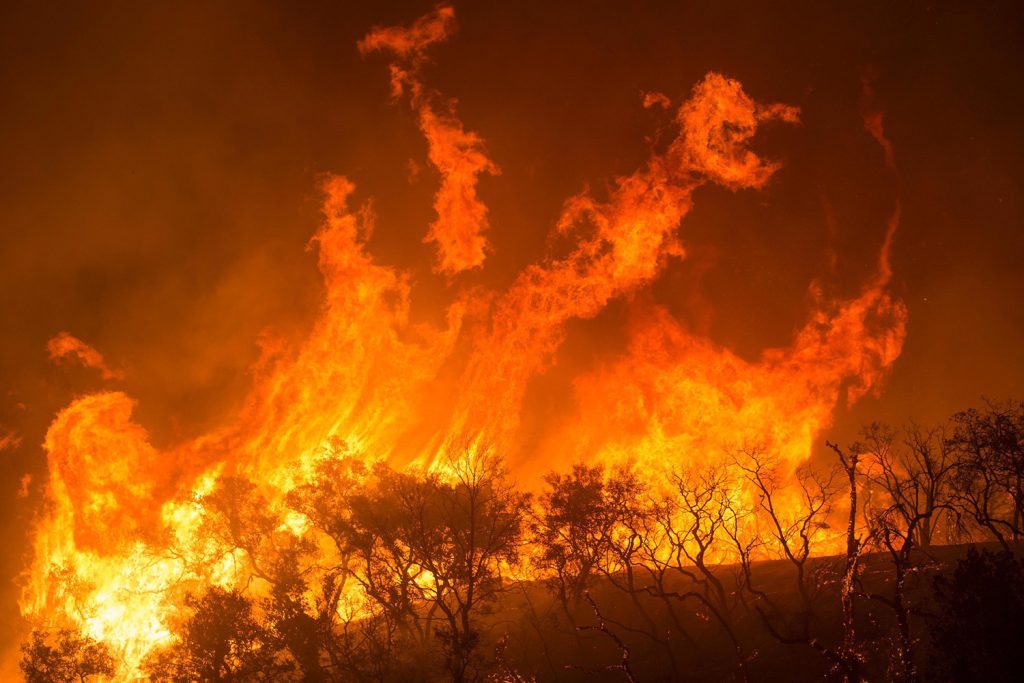
Responsibility
How wildfires – and efforts to stop them – threaten marine ecosystems and aquaculture
Wildfires are a growing threat that could impact aquaculture due to increasing smoke, worsening water quality and fire-retardant drops.
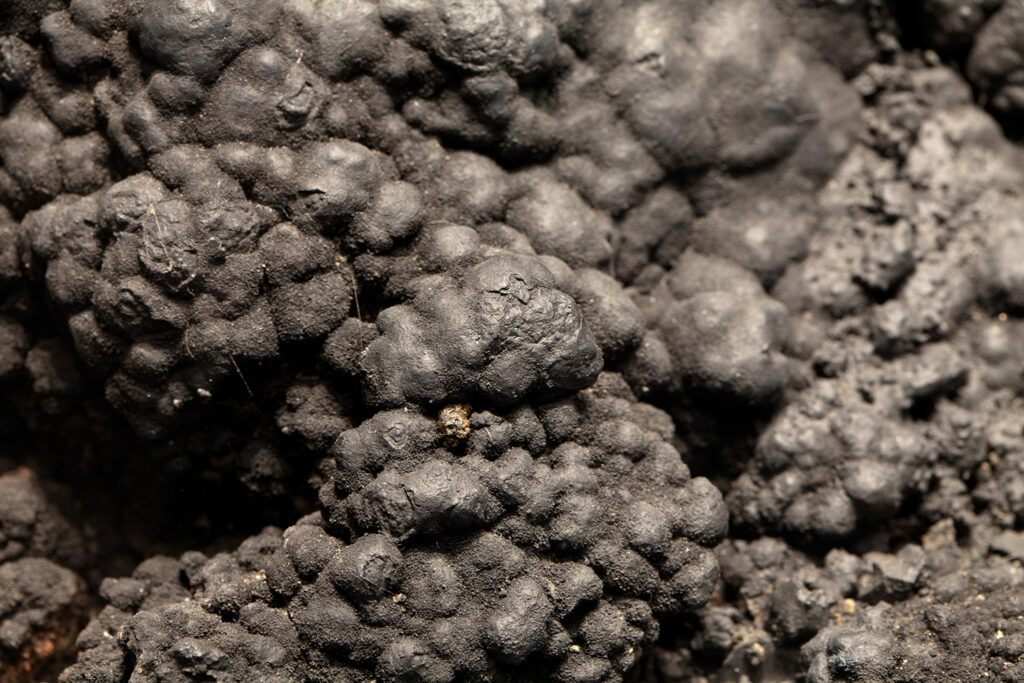
Fisheries
Ocean mining’s energy potential could put global fisheries at risk
Interest in ocean mining is growing, but hundreds of scientists warn that impacts may devastate existing marine industries, including fisheries.



